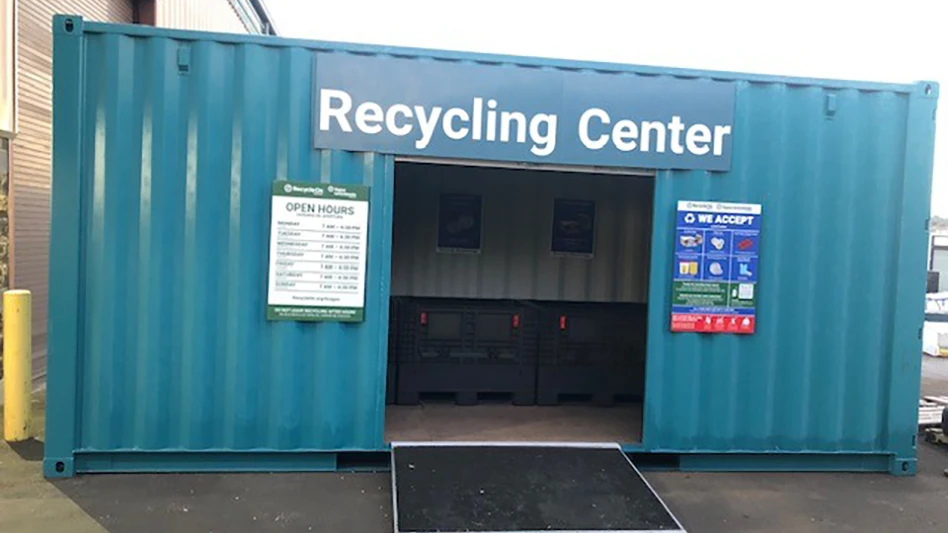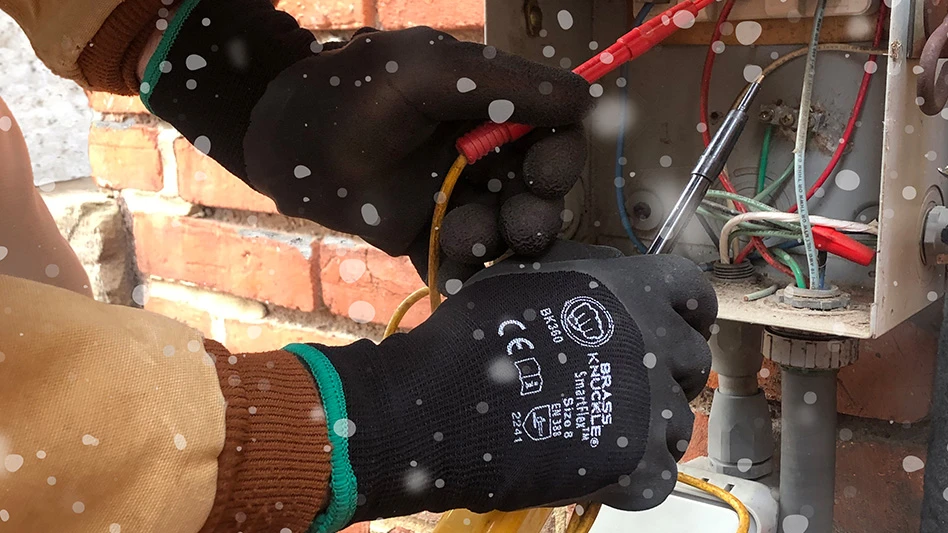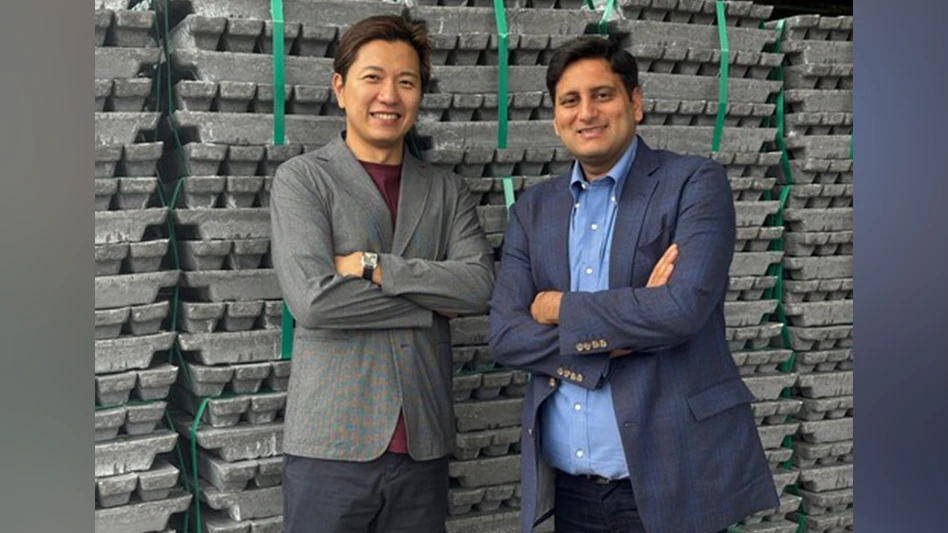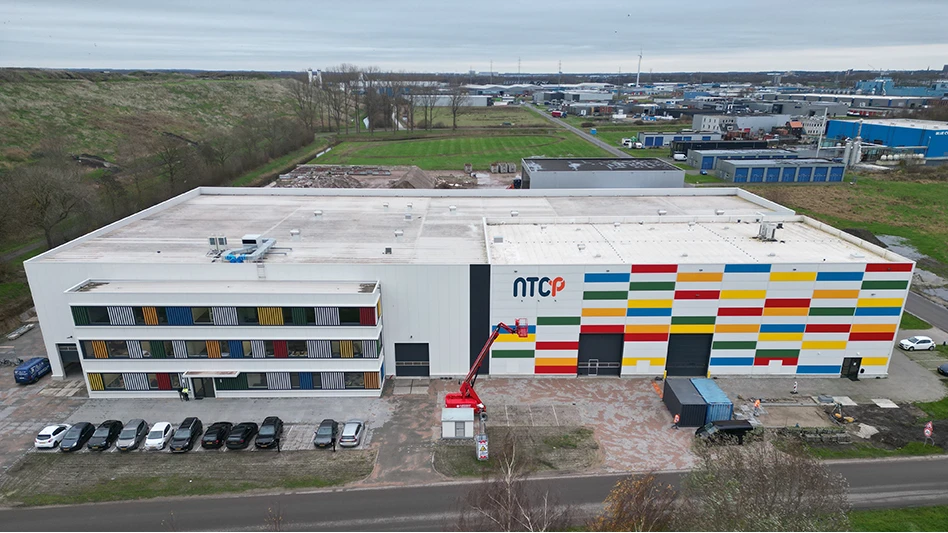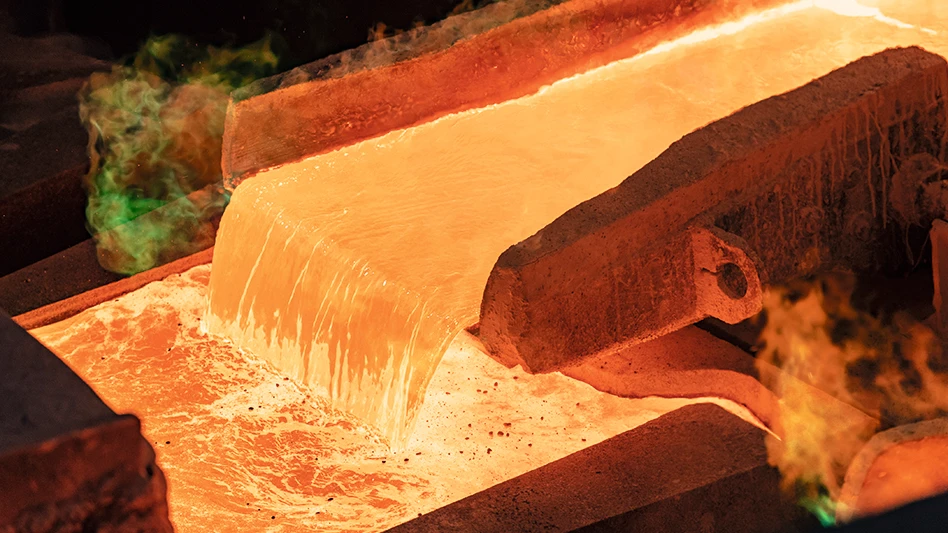
Photo nby Emily Najera Photography
The Battery and Critical Metals Recycling Conference’s closing keynote session features a fireside chat with American Battery Technology Co. (ABTC) CEO Ryan Melsert from 4:30 to 5:15 p.m. Central Time. The event, hosted by Recycling Today Events, is scheduled for June 9-10 in Nashville, Tennessee.
From its facilities in Reno, Nevada, and the surrounding area, ABTC is working to create a circular battery supply chain in the United States. The company recently reported that its earnings tripled in the third quarter of its 2025 fiscal year, which ended March 31, as it achieved a 120 percent increase in battery recycling throughput as it accelerates commercial operations.
ABTC says it has implemented multishift, around-the-clock operations at its first battery recycling facility and substantially increased throughput during the quarter, more than doubling the mass of battery material recycled in the third quarter compared with the previous quarter.
Additionally, the company has developed its own set of technologies for manufacturing lithium hydroxide from Nevada-based claystone material, constructing a multiton-per-day integrated pilot facility to demonstrate these technologies. The lithium hydroxide material ABTC produced is being characterized and delivered to strategic customers for internal evaluations.
Based on its pilot facility, ABTC has designed a commercial lithium refinery to manufacture 30,000 metric tons of lithium hydroxide per year, and long-term commercial offtake agreements for this product are under negotiations with these strategic customers, according to the company, which also received a letter of interest from the Export-Import Bank of the United States for a $900 million low-interest loan to support the construction of this commercial lithium mine and refinery.
In the session, Melsert and Recycling Today Media Group Editorial Director DeAnne Toto will discuss ABTC’s approach to battery circularity and its development and sourcing plans. In advance of the event, Melsert discusses some of the topics he will address in greater detail during the session.
Recycling Today (RT): Can you talk more about the role demanufacturing plays at ABTC as well as the other factors that set ABTC apart from its competitors?
Ryan Melsert (RM): Our ABTC team designed [a] first-of-kind integrated battery recycling system based on a strategic demanufacturing approach. Instead of utilizing brute force methods common today, where batteries are placed in high-temperature furnaces (smelting), we’ve instead developed a “demanufacturing” process to extract metals and recover materials from spent batteries. Our recycling process utilizes a deconstruction process combined with a targeted hydrometallurgical, nonsmelting process that deconstructs battery packs to modules, modules to cells, cells to subcell components and then sorting and separating those subcell components in a strategic fashion.
Because of our uniquely pioneered recycling process, we are able to realize greater net benefits than current conventional methods. These include reduction of waste, conservation of natural resources including water, decreased air pollution associated with smelting, increased operational efficiencies, higher material recovery rates and capture of battery-grade materials with no degradation of quality compared to conventional virgin-sourced materials.
RT: Once those hydrometallurgical processes are integrated, what will your outputs be?
RM: In our recycling process’ first demanufacturing phase, battery materials are recycled into products including copper, aluminum, steel, a lithium intermediate and a black mass intermediate material. In our second hydrometallurgical selective leaching phase, the lithium intermediate is further refined into a battery-grade lithium hydroxide product, and the black mass intermediate material is further refined into battery-grade nickel, cobalt, manganese and lithium hydroxide products.
RT: How does the approach vary by battery chemistries and formats?
RM: Our recycling process features a feedstock-agnostic system, designed to process a wide range of lithium-ion batteries, regardless of size or chemistry. We can also accept and process hazardous waste materials, including damaged, defective or recalled batteries.
RT: What has been the most challenging aspect of sourcing?
RM: End-of-life battery management presents a range of challenges for producers, each demanding careful attention and innovative solutions. When sourcing material, we work to help solve these challenges to facilitate acquisition of battery materials for recycling.
One of the foremost concerns is safety—safe collection, storage and transportation of batteries for recycling. Storage of batteries carries inherent risks. The potential for fires, coupled with the classification of batteries as hazardous material or hazardous waste, underscores the need for robust safety when managing end-of-life batteries.
Logistics also pose a significant hurdle, particularly for producers of lithium-ion batteries. Compliance with stringent standards for the transport and storage of battery materials and hazardous waste is a complex and often costly process. These regulations are essential to ensure safety and environmental protection but can create operational challenges for producers navigating these requirements.
Battery producers are increasingly focused [on] responsible recycling and want to have confidence in recycling technology that reduces impact on water consumption, air pollution and high material recovery rates.
Finally, the economics of battery recycling add another layer of complexity. Pricing structures for recycling services vary widely, and producers are keen to ensure that these costs are both transparent and fair. Balancing the financial aspects of recycling with the need for responsible and sustainable practices remains a delicate challenge for the industry.
*This article was corrected May 20, as the amount of the loan noted in the letter of interest from the Export-Import Bank of the United States initially was misreported as $9 million rather than $900 million.
Latest from Recycling Today
- US Steel to restart Illinois blast furnace
- AISI, Aluminum Association cite USMCA triangular trading concerns
- Nucor names new president
- DOE rare earths funding is open to recyclers
- Design for Recycling Resolution introduced
- PetStar PET recycling plant expands
- Iron Bull addresses scrap handling needs with custom hoppers
- REgroup, CP Group to build advanced MRF in Nova Scotia
